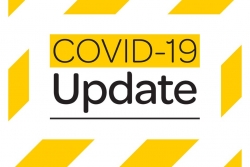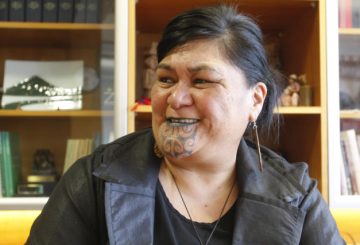The government has agreed to buy 1.5 million doses of a potential coronavirus vaccine from one of the leading contenders to produce one.
The deal – which is the first of its kind for the government – is subject to the vaccine successfully completing all clinical trials and passing regulatory approvals.
The amount would be enough for 750,000 people and if all goes well in trials, it could even be ready to go early next year.
In a statement, Research, Science and Innovation Minister Megan Woods said the vaccine, from Pfizer and BioNTech, was one of the options being considered, and there were likely to be more announcements next month.
“Pfizer have said they are making good progress with the development of a Covid-19 vaccine.
“Subject to clinical and regulatory success, and provided the vaccine is approved for use here in New Zealand by Medsafe, it is possible that some doses will be available to us in the first part of 2021.
“The additional agreements will ensure that once the portfolio is completed, we will have sufficient Covid-19 vaccines for the whole population.”
The agreement comes as part of the Covid-19 Vaccine Strategy, which also includes contributions to the global COVAX Facility that could provide up to 50 percent of New Zealand’s needs.
“A key aim of our portfolio approach is to ensure we have flexibility and choice when it comes to securing the right vaccines for New Zealand and our Pacific neighbours,” Woods said.
Decisions on who would receive access to the first available vaccines have yet to be made.
In a statement, Minister of Health Chris Hipkins said several factors would influence that decision, including trial data on the suitability of each vaccine for certain age groups.
“Work at the Ministry of Health is currently underway to determine what an Immunisation Programme roll-out might look like.
“We have set aside $66.3 million for medical supplies and infrastructure to ensure New Zealand is ready to launch a Covid-19 Immunisation Programme as soon as we have a safe and effective vaccine.”
The majority of that investment would be to provide supplies of PPE, needles, syringes and swabs, and freezers to store a vaccine for New Zealand and Pacific countries, Hipkins said.
NEWS SOURCE: RNZ
























































-helped-regain-her-strength-and-balance-using-Nymbl-after-a-fall.-660x440.jpg)


